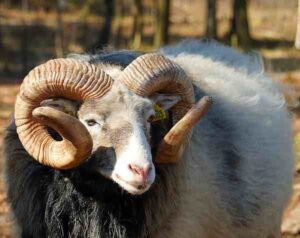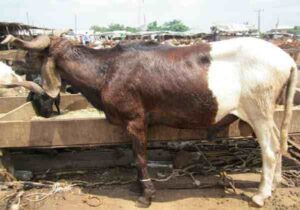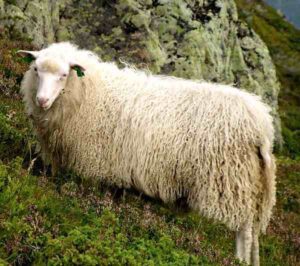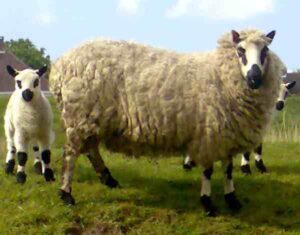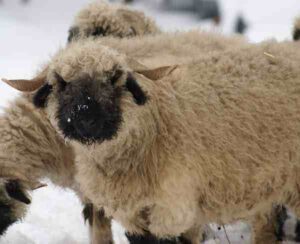The Merinolandschaf sheep is a breed of domestic sheep from Germany. It is also known as Merino Land Sheep and Württemberger. And it was developed in the 18th century.
The Southern German Landsheep were crossed with the French and Spanish Merinos for producing this breed.
Today the Merinolandschaf sheep is the most wide-spread breed of domestic sheep in Germany. And the breed constitutes about 40 percent of the total German sheep population.
It is the most common breeds of sheep used for commercial sheep farming business in Germany.
The breed was registered as an improved landrace in 1924. The term landrace was dropped after further development. The term landrace was dropped in 1934, and since 1950, it is registered as Merinolandschaf sheep.
The breed is raised mainly for wool production. A population of 16341 was reported to DAD-IS in 2011. Read some more information about this breed below.
Merinolandschaf Sheep Characteristics
Merinolandschaf sheep are large animals with a large frame. They have a straight head with a small woolly tuft on top. They usually have no horns, and their ears are large that stick out to the side.

Their legs are generally free of wool. These animals are usually white in color with white face.
Average live body weight of the mature ewes vary from 75 to 90 kg. And average live body weight of the mature rams is between 125 and 160 kg. Photo and info from ansi.okstate.edu and Wikipedia.
Uses
The Merinolandschaf sheep are dual purpose animals. They are raised mainly for wool production. But are also good for quality meat production.
Special Notes
The Merinolandschaf sheep are hardy animals. They are currently used in landscape preservation in their native area, thus stabilizing and protecting highlands.
They are very good foragers, and they can forage on leftovers of harvested fields and their dung enriches the ground with natural nitrogen. They are robust animals, and are able to go hundreds of kilometers.
The Merinolandschaf sheep are dual purpose animals. They are good for both meat and wool production. They produce good quality wool of 22-27 microns, with fleece weight 4-5 kg.
However, the Merinolandschaf sheep is in no way a landrace, but a highly adaptable breed. Review full breed profile of this sheep breed below.
| Breed Name | Merinolandschaf |
| Other Name | Also known as Merino Land Sheep and Württemberger |
| Breed Purpose | Meat and wool |
| Special Notes | Very hardy and strong animals, robust, currently used in landscape preservation in it’s native area, good foragers, can forage on leftovers of harvested fields, their dung enriches the soil with natural nitrogen, produce very good quality wool |
| Breed Size | Large |
| Weight | Mature ewes body weight is between 75 and 90 kg, and the mature ram’s live body weight vary from 125 to 160 kg. |
| Horns | No |
| Climate Tolerance | Native climates |
| Color | White |
| Rarity | Common |
| Country/Place of Origin | Germany |

